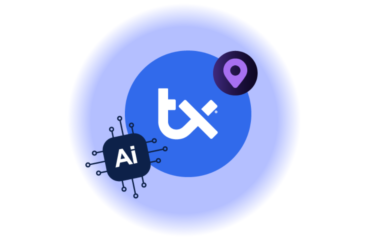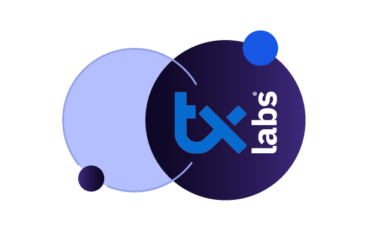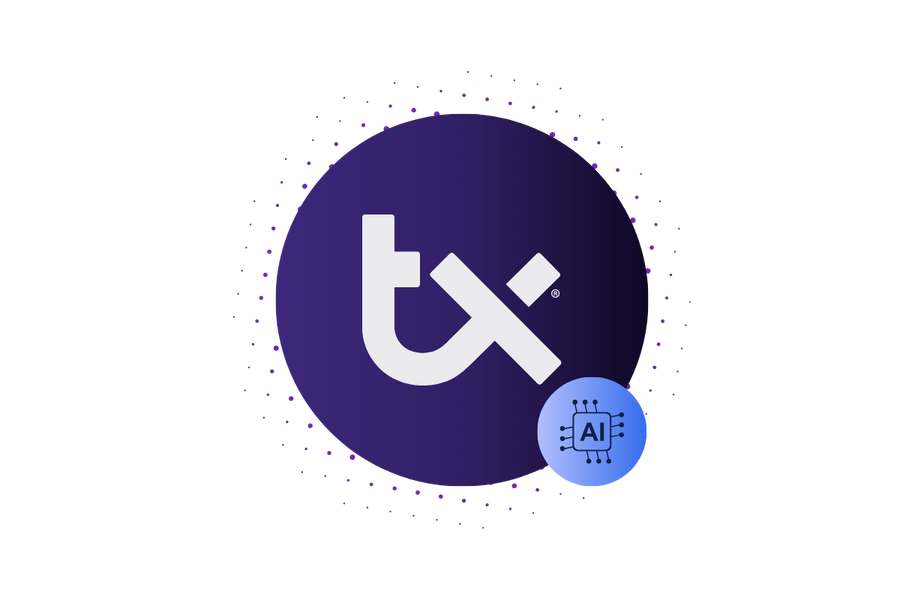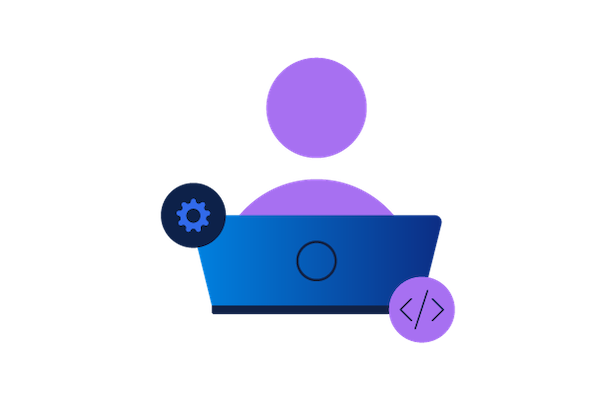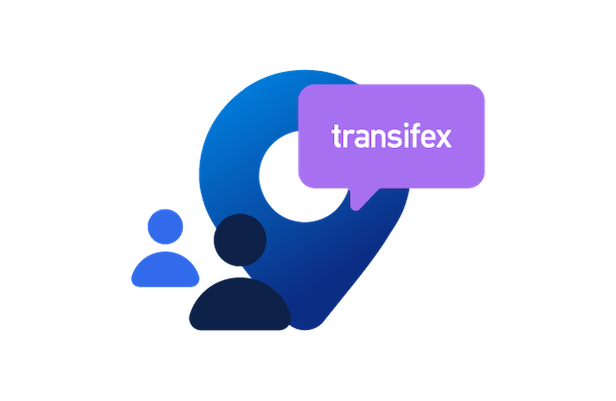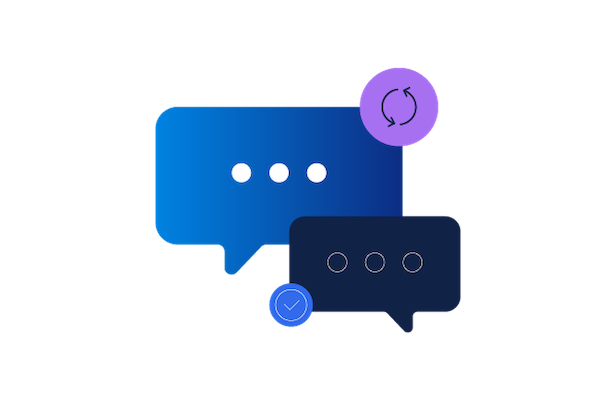

Startups: How to Localize on a Budget
“Reaching 90% of the online audience worldwide requires localization into more than 25 languages,” according to a statement made by TechCrunch earlier this year. The need for localization – whether it be the localization of your website or app – is clear, yet many startups don’t have the budget available for a large localization project. What if we told you localization could be achieved in a cost-efficient way?
Okay, let’s not get ahead of ourselves.
Before we get into the all important, money-saving localization tips, it’s important to have a general idea of the costs of localization and your startup’s current localization status.
Step 1: Determine the Scope of Your Localization Project
As with any type of expansion, a clear plan needs to be created to achieve success, and when you have limited funding, a major part of the planning process will be setting your budget. Keep in mind that localization is an investment, and though there may be an upfront cost today, in the long-term, localization will drive revenue, increase conversions, and enhance user experience.
So, how do you determine the scope of your localization project? First, you’ll need to calculate the number of words in your project for translation. This could include all the words on your website, all the words within your mobile app, or a combination of both. Then, you’ll need to multiply the number of words by the number of languages you want to translate into. Let’s use an example:
- Your project is in English and has 40,000 words
- You want to translate into 5 languages
- Your total amount of content is 40,000 x 5 = 200,000
The calculated 200,000 words may vary further depending on text type, percentage of repeated text, file format, and engineering efforts involved, to name a few. 200,000 words of content is an estimate, but gives you an idea of how big or small your project is, which can give you insight as to overall cost. In our experience, startups typically fall into the following ranges when localizing:
- Mobile – 1,000 words x 8 languages = 8,000
- General Website – 5,000 words x 4-6 languages = 20,000-30,000 words
- Content Heavy Website – 10,000-20,000 words x 6-8 languages = 60,000-160,000 words
Step 2: Find Out If Your Software is Internationalized
If you are prepping for localization, you will also need to make sure your software is internationalized. Internationalization refers to the way software code is written, meaning the process actually began when your developers were building your website or mobile app. Products that are internationalized properly can be translated and viewed in other languages without causing problems to layout, design, and overall functionality.
Unfortunately, not all websites and apps are internationalized from the start, and backtracking to internationalize a product can take a lot of time and delay your localization efforts. Why? Developers must take your project, identify all translatable text and code – everything from the content that is viewed by your users to error messages and text on images – and extract this massive amount of content into individual string files. These files will then be replaced with files that allow for localization. While you probably don’t want to get technical with localization, you can see that the process is time consuming for your developers…and we all know time is money. If your software isn’t internationalized, your budget will without a doubt increase.
The all important, money saving localization tips
Now, we’re ready to dive into 4 smart ways to decrease your localization budget.
1. Think Global Early
The common misconception among startups, especially those with limited budgets, is that localization shouldn’t be a topic of conversation until further down the line. But as we mentioned above, setting a solid foundation with software that is internationalized will make it easy to go global into whatever languages you wish in the future. Also, to avoid slowing down the localization process down the road, don’t hard-code strings into your app and instead, use the localizable.strings technique.
2. Prioritize Your Content
Another easy way to save money during the localization process is to translate less. Now, we don’t mean only translating 50% of your website (that has potential for a linguistic Frankenstein feeling), but prioritizing the content you wish to translate. For example, you may have a website and an app, but feel that your core product is your website. In stage one of localization, budget for website translation, and come back to app translation in stage two. You’ll save up-front costs, while becoming more familiar with the localization process. When you do embark on stage two, you can avoid mistakes that you may have made the first time around.
3. Maximize Available Translation Resources
Translation is a key component in localization, and many startups assume this will be the most expensive part of the process. But hold on, that doesn’t have to be the case! When it comes to translation, there are a couple options available:
- Professional Translation – The most expensive option, but you will have assurance that you will get high quality translations from trusted and experienced translators.
- Use Your Connections – A less expensive, more creative option that leverages your personal and business network to translate your content.
Professional translation is pretty straightforward, so let’s expand on how to use your connections to translate content.The best way to explain it is to walk you through an example. Bazaart, an Israeli company, did not have a budget set aside for app localization, but they were still able to localize their content, eventually growing from 0 to 500,000 downloads. Bazaart took advantage of their connections, asking help from relatives in Brazil and Argentina to do their Spanish and Portuguese translations. This helped the app grow in global popularity, and new app downloads provided the funds needed to hire a professional translation service to localize their app into German, Italian, and French.
What many startups fail to realize is they have access to resources that can reduce overall localization costs. Whether it’s leveraging relatives, your company’s user community, or in-house employees, there are affordable ways to localize your content.
4. Identify Translation Tools
In addition to translators, you can use translation tools such as Translation Memory (TM), a database of previously translated phrases that is available to your network of translators. This tool is ideal for businesses that frequently use similar words or phrases throughout their products, helping to increase translation speed and therefore translation volume without the need to increase the overall budget. Consistency of translated strings is another benefit, allowing you to rest assured knowing that your most commonly used phrases have been translated correctly.
5. Make Things Easier for Yourself
As a startup, your time is a commodity. You are trying to get your product, site, or company launched and you’re likely being pulled in 10 directions at once. If you plan on sleeping, why not make things easier for yourself. Investing in a localization platform can save you something extremely valuable: time.
Localization platforms like Transifex create a user-friendly interface that make it easy for businesses and their developers to communicate with translators to localize websites and mobile apps. Transifex gives your business the freedom to choose how you would like to translate your strings, choosing from crowdsourcing, the in-program translation agency, or you can even add a translation agency of your choice. And as Transifex offers new features like the WordPress translate plugin, businesses can enjoy a seamless translation process which equates to significant savings in engineering time and budget.

